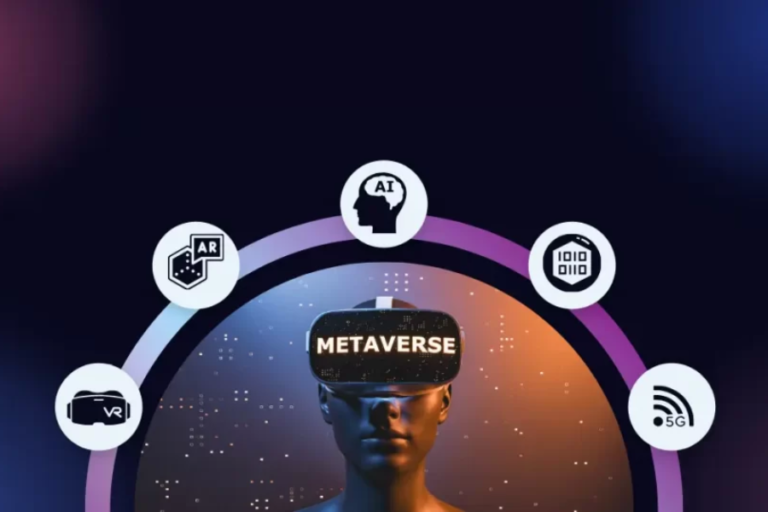How Medical Transcription Elevates Telemedicine Practices
People with minor symptoms such as a mild temperature or allergies may not need to visit the doctor due to their hectic schedules. Booking an appointment with a healthcare provider, visiting clinics, and waiting at reception. It all seems too much for people when they already feel low because of health. Similarly, patients suffering from infectious diseases choose to stay at home for days.
Since telemedicine is available to anyone, it is the best choice to take medical consultation online. Maintaining the patient record on file is crucial, just like in any hospital or doctor’s office. For future reference and usage, the audio from video calls between patients and their doctors should be recorded and transcribed into digital and physical files. Hospitals and telemedicine firms hire professional agencies for medical transcription services to convert all sorts of records into textual form.
Significance of Professional Transcription in Telemedicine
Medical transcriptions are crucial to seamless telemedicine operations. Telemedicine requires extensive record-keeping, as it enables the prompt exchange of comprehensive records between specialists who may be located thousands of miles apart. Healthcare providers can speed up and simplify this procedure with medical transcription. It frees up important time for medical personnel to give patients better care.
Integration with Electronic Medical Records
The transition from paper-based medical records to electronic medical records (EMRs), has become the norm in healthcare settings, especially in telemedicine. It allows them to share and transmit the patient’s data with ease. It is therefore highly helpful when providing patient care, and a dispersed team of doctors needs consistent access to the patient’s records.
Medical transcription is seamlessly integrated with EHRs and telemedicine. Typically, medical transcription involves converting an audio dictation file from a doctor or nurse practitioner into an electronic text file. Afterward, reading and searching this transcribed file is simple. These files are easily supported by the majority of EHR systems, and many transcription providers immediately upload their finished files into the EHR system. This way, busy medical practitioners can save time and work through this smooth automation.
Consistent Record Keeping
Consistency in records can be achieved by using the same electronic format for all patient interactions and record-keeping procedures. When a doctor is getting ready for surgery, they don’t have to go through a heap of paper reports or watch the recorded video, thanks to computerized medical transcription. All of the electronic data may be easily stored and located by the doctor in one location where it can be retrieved easily whenever required.
HIPAA Security and Compliance
By protecting patient privacy, medical transcription also benefits telemedicine procedures. Telemedicine operations need to make sure that no private patient data leaves the clinic or is susceptible to hackers because a large portion of their work is conducted online.
Whether they are uploading or receiving files, LSPs providing medical transcription services should use a secure network for all of their transmissions. Sensitive patient information is kept private and secure thanks to secure transfers. LSPs providing medical transcriptions constantly make sure that their offerings are safe and HIPAA compliant.
Real-time Transcription Tools
Medical information is very sensitive in nature, and even minor errors can be life threatening. The use of real-time medical transcription tools has become a potent instrument capable of transforming telemedicine procedures and substantially augmenting efficacy and efficiency. These cutting-edge systems can automatically transcribe audio and video calls, producing thorough written notes for every doctor examination that can be entered into your electronic health record (EHR).
Healthcare providers can make sure that important information is easily accessible during a session. Clear communication between doctors and patients can be ensured through real-time language translation and subtitles.
Consent Form Translation
Getting the informed consent form translation services from a reliable LSP is also important in telemedicine. It is a very critical document that a patient’s acquaintances have to sign if a patient needs to go for a life-threatening medical procedure. Healthcare providers may also require the consent of a patient to access their medical history or pass it on to other professionals for second opinions. This helps build trust, prevents misunderstandings, and ensures compliance with legal requirements.
You may be wondering how consent forms are signed in telemedicine considering it’s an online service. In that case, you get verbal consent from patients and document it in the medical file.
When using transcription services, consent forms should clearly state how the data will be used. This is important because employing translation services in different contexts, including research, the media, and court cases, carries certain ethical and legal ramifications.
Conclusion
To sum up, medical transcriptions and translations offer a potent way to improve the efficiency and accessibility of healthcare. Healthcare providers may ensure the highest levels of care, improve patient experiences, and streamline operations by seamlessly acquiring these services from professional agencies.
Keep an eye for more news & updates on Glamour Tomorrow!





